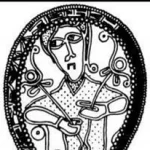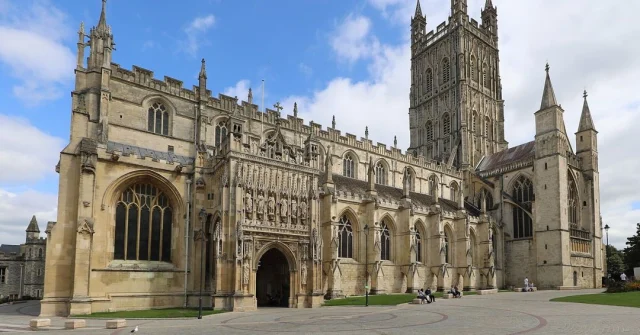Medieval Archaeology Volume 63/1 now out!
Medieval Archaeology
**Volume 63/1 now out and available at Taylor and Francis Online**
I’m delighted to announce that issue 63/1 of Medieval Archaeology has now been published online, and the print copy is arriving with members now. The content in this new issue is wide-ranging both in chronology and in location, demonstrating the impressive breadth of the journal’s reach, and also the excellent breadth of work on medieval archaeology being carried out. New research from England, Scotland, Iceland, Ireland, and Sweden, ranging in date from the 5th to 11th centuries, has been featured in the five main articles.
The first article, by Ellen Swift, is a piece of remarkable scope and detail, re-evaluating and re-interpreting metalwork of the Quoit Brooch Style in post-Roman Britain. The research is based on a catalogue of 167 QBS objects and 75 instances of new compositional analysis, which she has compiled in a substantial online appendix. The article focuses particularly on the 5th-century evidence, revealing England’s links with continental Europe and its participation in wider trends in metalwork production. Following that is a co-authored article emerging from the Rhynie project, led by Gordon Noble. It details new work carried out at Rhynie and its environs, a Pictish central place of the 4th-6th centuries. Offering new data from landscape survey and excavated structures and artefacts, as well as an extensive programme of radiocarbon dating, the article reconsiders the nature of power and place in early medieval northern Britain. Moving to Iceland, we next have an exciting new scientific analysis of the burial of a Viking Age woman at Ketilsstadir, from a team led by Michele Hayeur-Smith. The article focuses particularly on her preserved clothing and dress accessories, commenting on her possible cultural and status-based identities, and how and why they were materially expressed. We then move across the North Sea for a consideration of early medieval ringforts in western Ireland, by Michelle Comber. The article provides new insight into a neglected ‘ringfort’ category, the square and rectilinear enclosures which have been particularly associated with The Burren in County Clare, but which are actually found throughout the Irish landscape. The article is based on survey work across western Ireland, as well as three seasons of excavation on a rectilinear enclosure from Caherconnell townland in The Burren. Lastly, we have Cecilia Ljung’s Martyn Jope Award-winning article on early Christian grave monuments and ecclesiastical development in 11th-century Sweden. Ljung’s research considers a substantial corpus of over 600 stone commemorative monuments recorded from six provinces of central Sweden, highlighting their relationship to the more well-known runestone tradition, as well as revealing for the first time substantial regional and chronological variations in the process of Christianisation, and in the ways that commemoration was practised in the 11th century. The article was praised by the awards panel for its excellent, mature coverage of a wide range of evidence, including monument types and styles, distributions, and inscriptions, and for its insightful analysis of processes of conversion and memorial display, and its broader commentary on the religious and socio-political contexts which influenced these commemorative practices. The five articles are accompanied by reviews of over 40 recent publications on medieval topics from across Europe, which should help readers keep up to date with the newest research in the field. I hope everyone enjoys this first issue of 2019.
Aleksandra McClain, Honorary Editor of Medieval Archaeology


